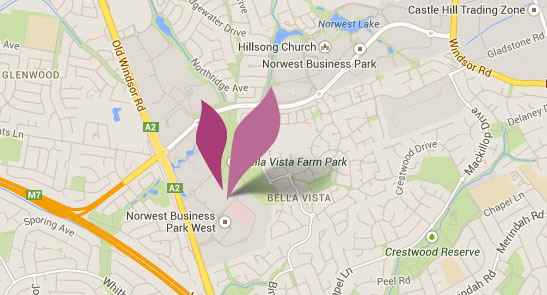Dog Ears after Abdominoplasty
What are dog ears?
Dog ears are defined as the characteristic puckering that can form at the ends of wounds/scars after surgical wound closure. They occur due to an imbalance between the amount of fat in an area compared to the overlying skin and tension within the skin. It usually occurs when a segment of skin has been removed or an area has been resurfaced with a local flap.
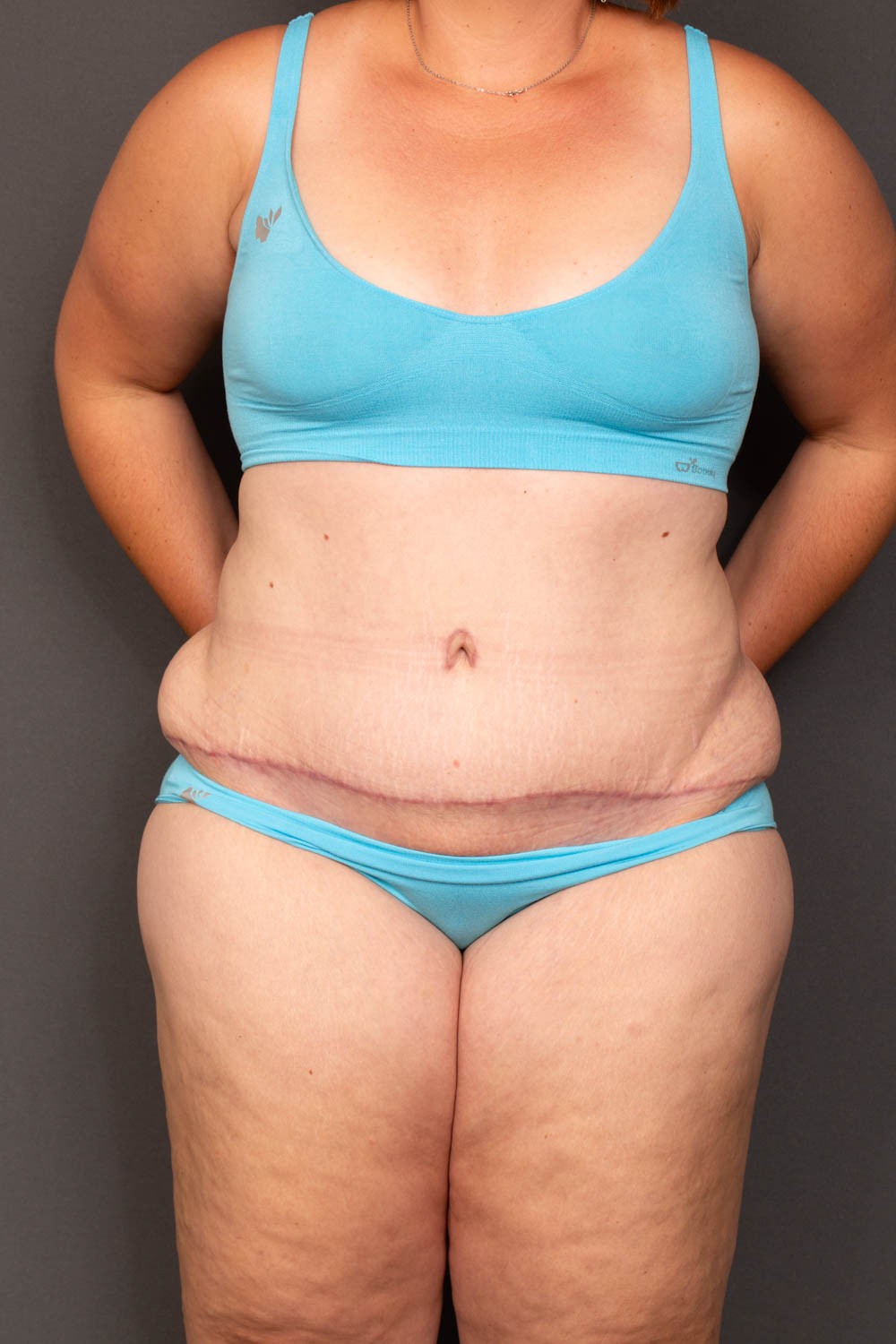
Why do dog ears occur?
Dog ears primarily occur due to your surgeon attempting to keep your scar length as short as possible. There are other factors that come into play, which will be discussed later. The problem is most noticeable after abdominoplasty, breast reduction or other body contouring operations; but dog ears can be created after skin cancer reconstructions with local flaps.
In a relatively flat segment of skin, the planning of an excision requires that the length of the scar needs to be at least three times as long as the maximum width of skin removed, and the fusiform excision needs to taper to about 30 degrees for the skin edges to sit flat.
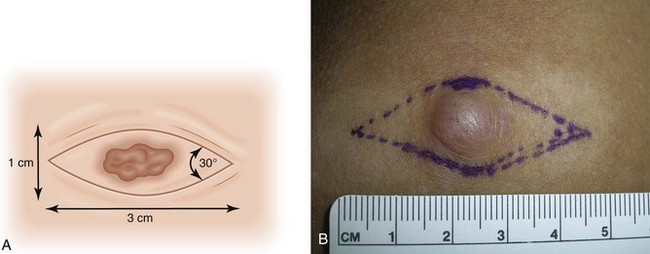
Consider a typical abdominoplasty. Most surgeons, Dr Gavin Sandercoe included, will plan an incision position and length designed to get the most skin out, access to liposuction areas, and keep the incision low and hidden under your undies/swimmers. This sets the incision length, irrespective of the width of skin that is going to be removed. This planning is important because the amount of skin that can be resected is not always predictable – some people’s skin stretches more than others, and internal scarring from prior procedures may limit the amount of skin that can be safely removed.
If you are a patient who can get more skin removed (yay for you!!), then the width of the skin removal will exceed that 3:1 rule. In addition, it will create a situation where the length of the upper incision is much longer than the length of the lower incision, and the angle that the incisions meet will be greater than 30 degrees. So – in removing more skin (and getting a better result for your abdomen), your surgeon has tipped your scar into a position where dog ears at the end of the scar are more likely.
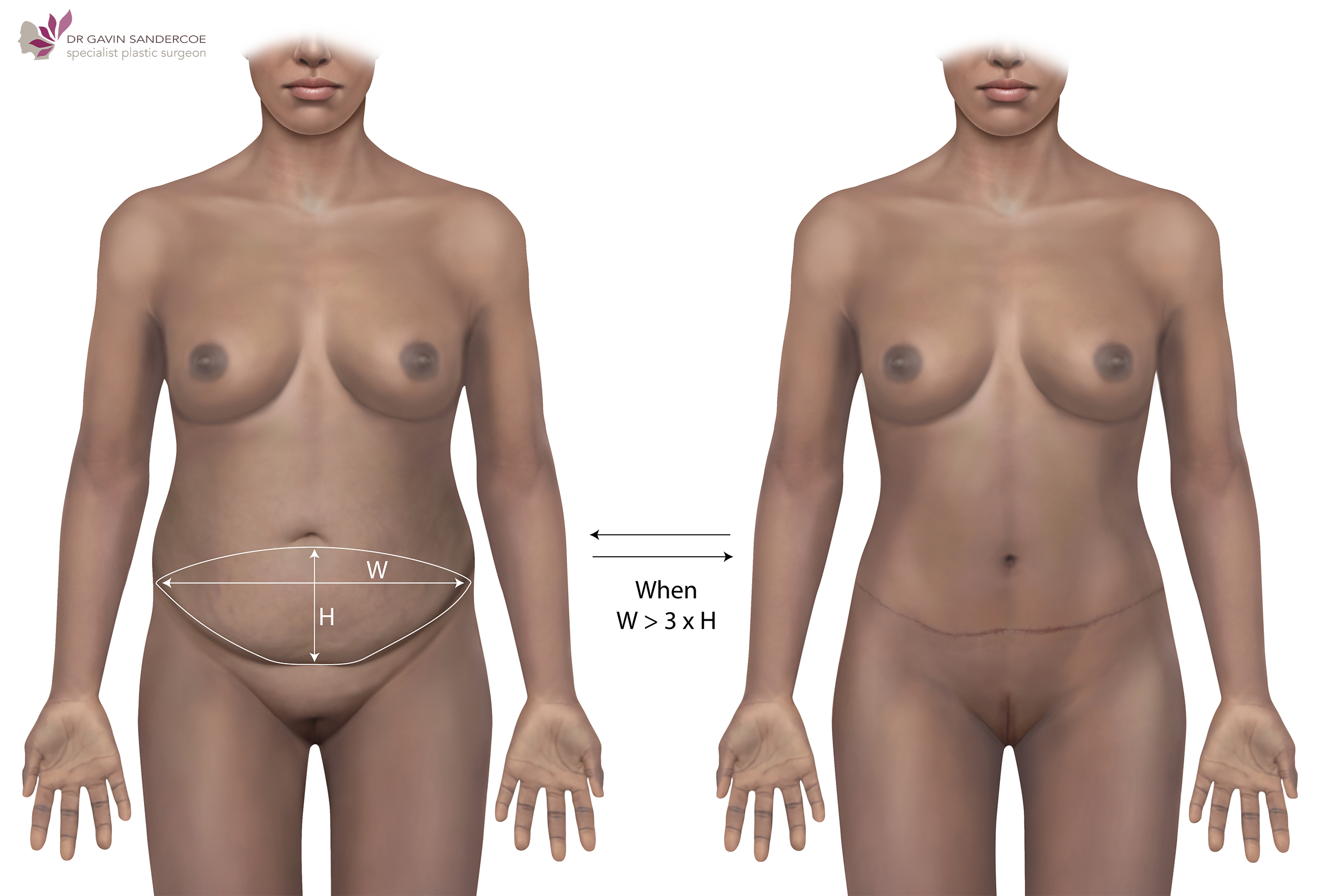
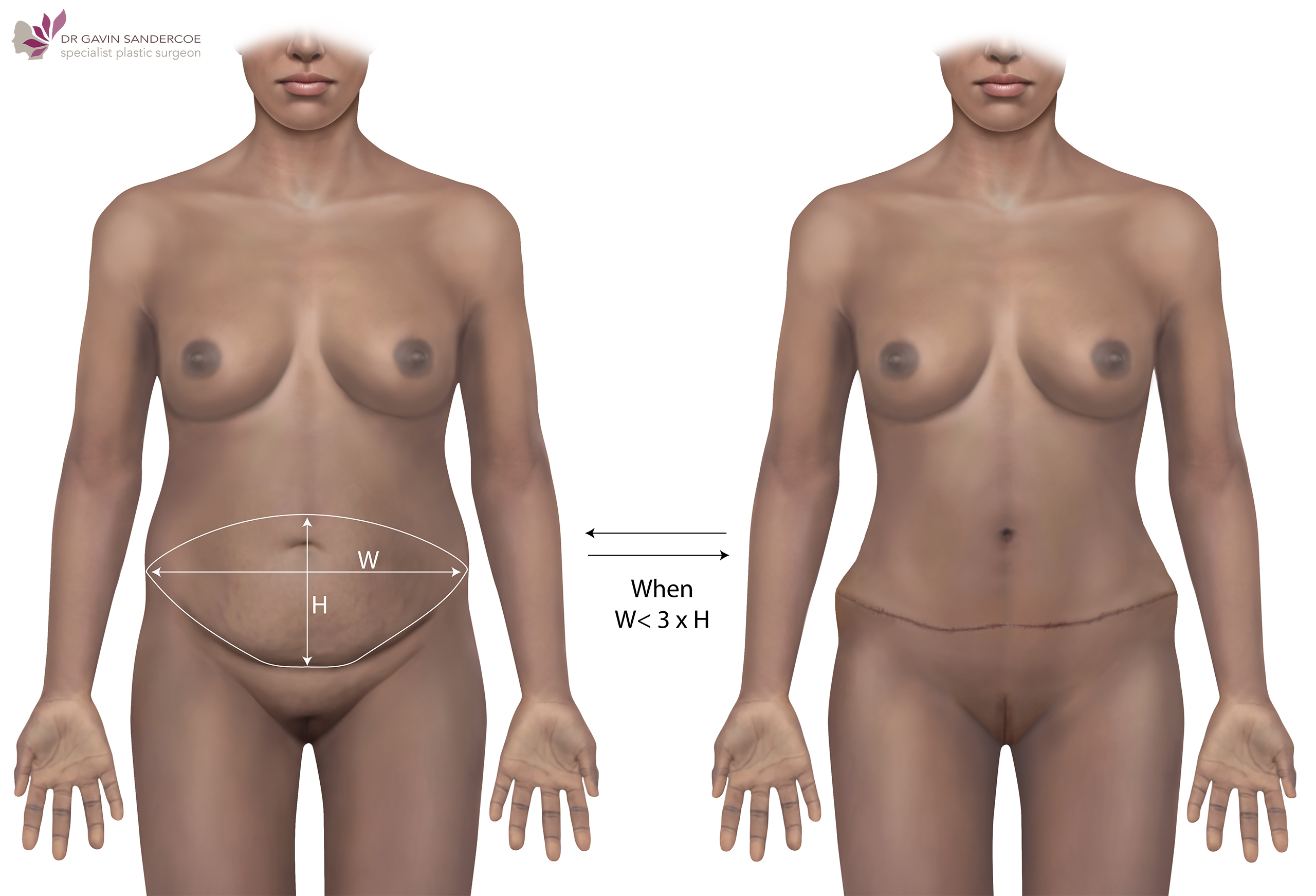
What patient factors increase the chances of dog ears?
The main reason that dog ears are noticeable at the end of surgical scars is due to the fat thickness in the area. Consider folding a piece of paper at an angle, and then do the same to a sheet of cardboard. The fold and prominence in the cardboard is much more noticeable.
Patients that have thinner fat at the ends of their scars will often have the dog ears sit down and be less noticeable than people who carry more weight in that area. Liposuction in the surrounding areas can also make the appearance of dog ears more obvious as the change in fat thickness can also tip that fat to skin balance out. Dr Sandercoe advises all patients that if liposuction is performed in your flanks and love handles, that the chances of dog ears will increase. For most patients, this risk is a good trade-off for a better waistline.
What steps can be performed to minimise the risk of a dog ear?
Once the tissue resection is finalised, your surgeon now needs to close the two incisions to create your final scar. The corners are positioned first to maximise the chances of the scar sitting flat, and then the central part of the scar is positioned. The central area is the most forgiving and is more likely to flatten after apposition of scars of differing lengths.
Sometimes on the operating table, there is a mild appearance of dog ears due to the flexion of the table for abdominoplasty closure. Mild dog ears such as this will often disappear as the patient straightens out during their first week post operatively.
Liposuction of a dog ear can be performed at the time of scar closure. This is successful sometimes, but also runs the risk of changing a firm dog ear into a soft, floppy one. The most common outcome of liposuction of a dog ear is an enlarged area of softness (with spill over a bra strap or underpants), rather than resolution of the dog ear.
Extending the scar to deal with a dog ear is an option, but the patient may be unhappy with a scar that is longer than they expected when they agreed to their operation plan. Significant length increases also require a change in position of the patient, which increases the risk of complications in the abdomen and increases the risk of wound infections. Due to this, many surgeons do not extend the planned scar at the time of the first procedure and will give the dog ear some time to settle before further treatment.
Do dog ears settle with time?
Moderate dog ears usually improve over the course of the first few months post operatively, and mild dog ears can disappear across this time. Your surgeon will encourage you to employ all their usual scar management techniques to help the scar and surrounding skin soften and level out.
What is the best management for dog ears?
In young patients with good skin tone, liposuction can be employed to treat or minimise dog ears. The option is relying on the overlying skin to contract and sit flat. Skin contraction is not predictable, and liposuction can change the problem from a firm dog ear to a soft, floppy dog ear.
The only way to treat a dog ear definitively is to remove the excess skin by making the scar longer. Managing your scar for the first three months should allow your surgeon to make that scar extension shorter. For example, if the scar extension at the time of your primary operation would have needed be an extra 10cm, the 3 months of scar management can make that scar extension decrease to 5-6 cm.
For some patients, the only way to eliminate the puckering or ‘softness’ at the end of a scar is to extend their abdominoplasty scar all the way around by performing a lateral thigh & buttock lift, or completion circumferential lower body lift.
On the balance of risks and benefits, most surgeons will advise a patient to manage their scars appropriately for 3 months, and then address any dog ears with another operation (often small, and day only) at the 3 months post-operative time.
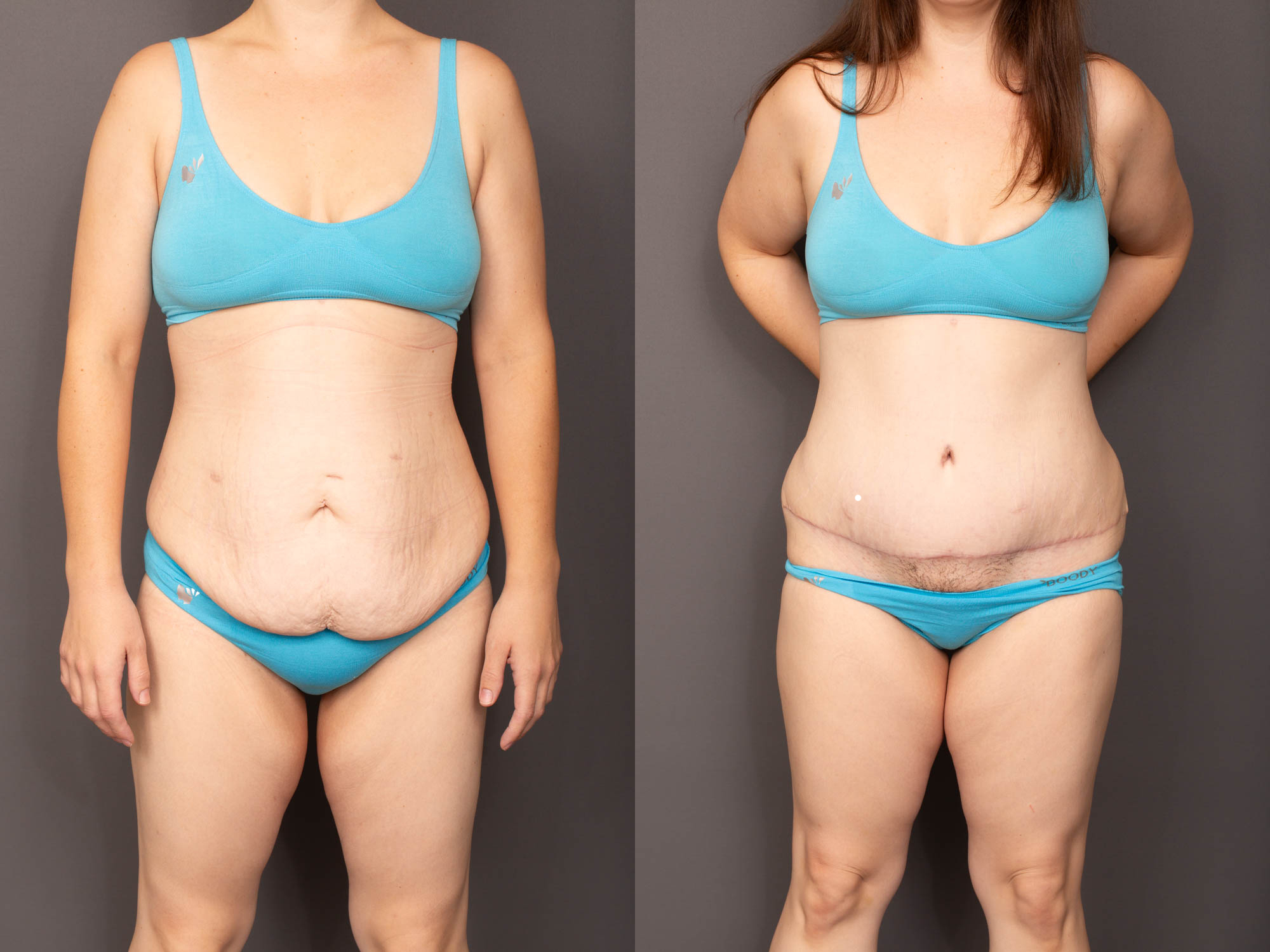
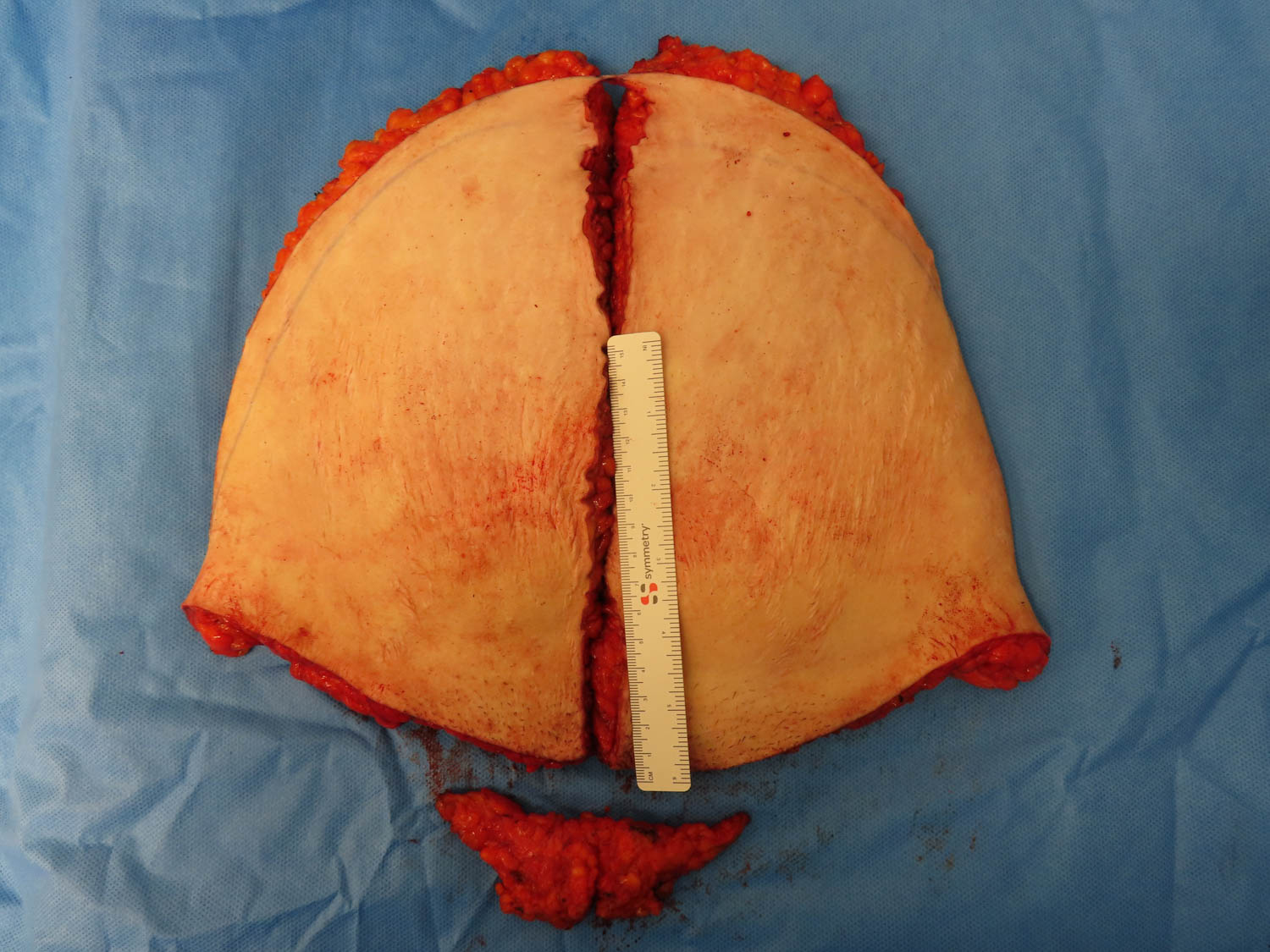
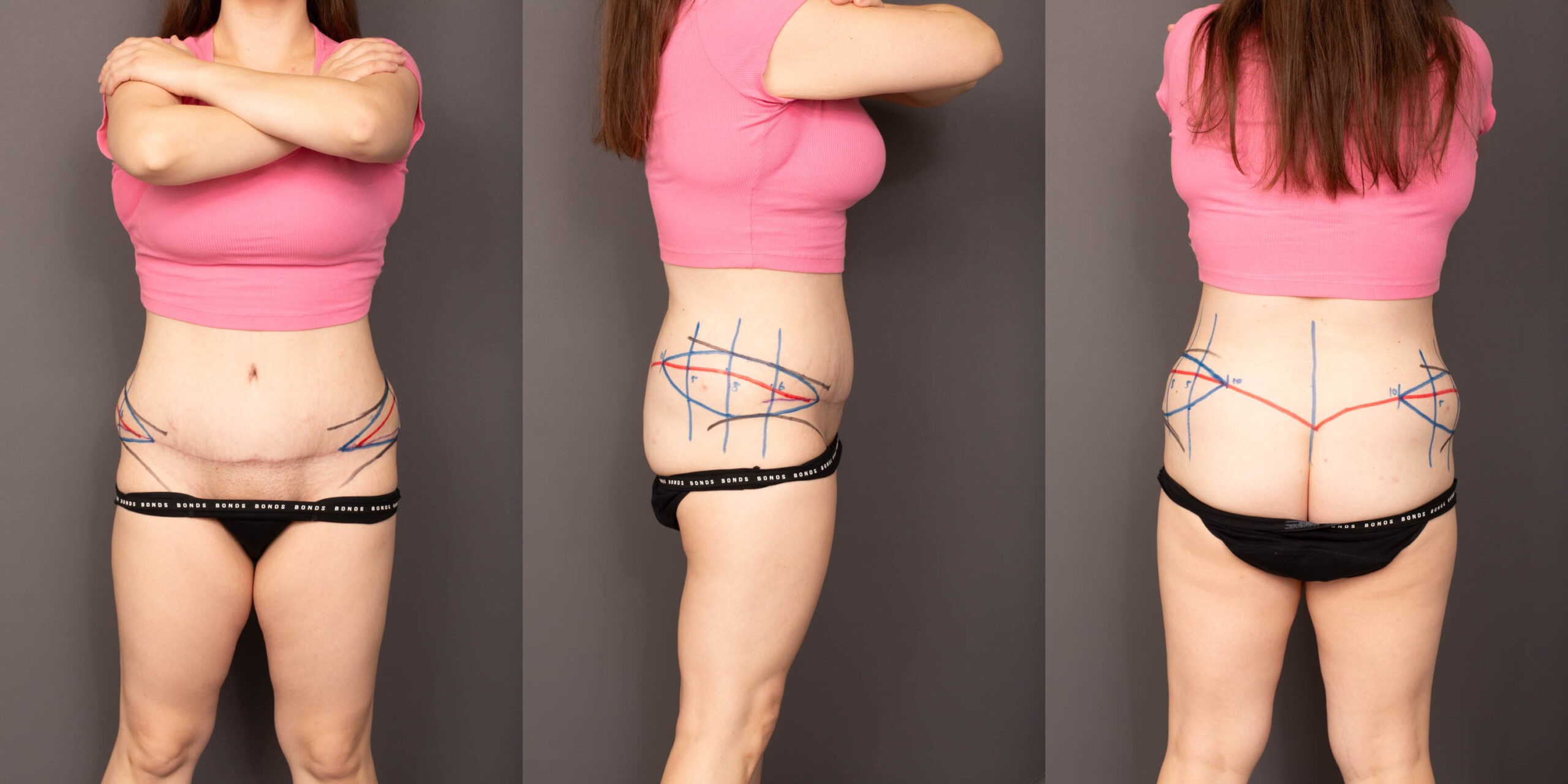
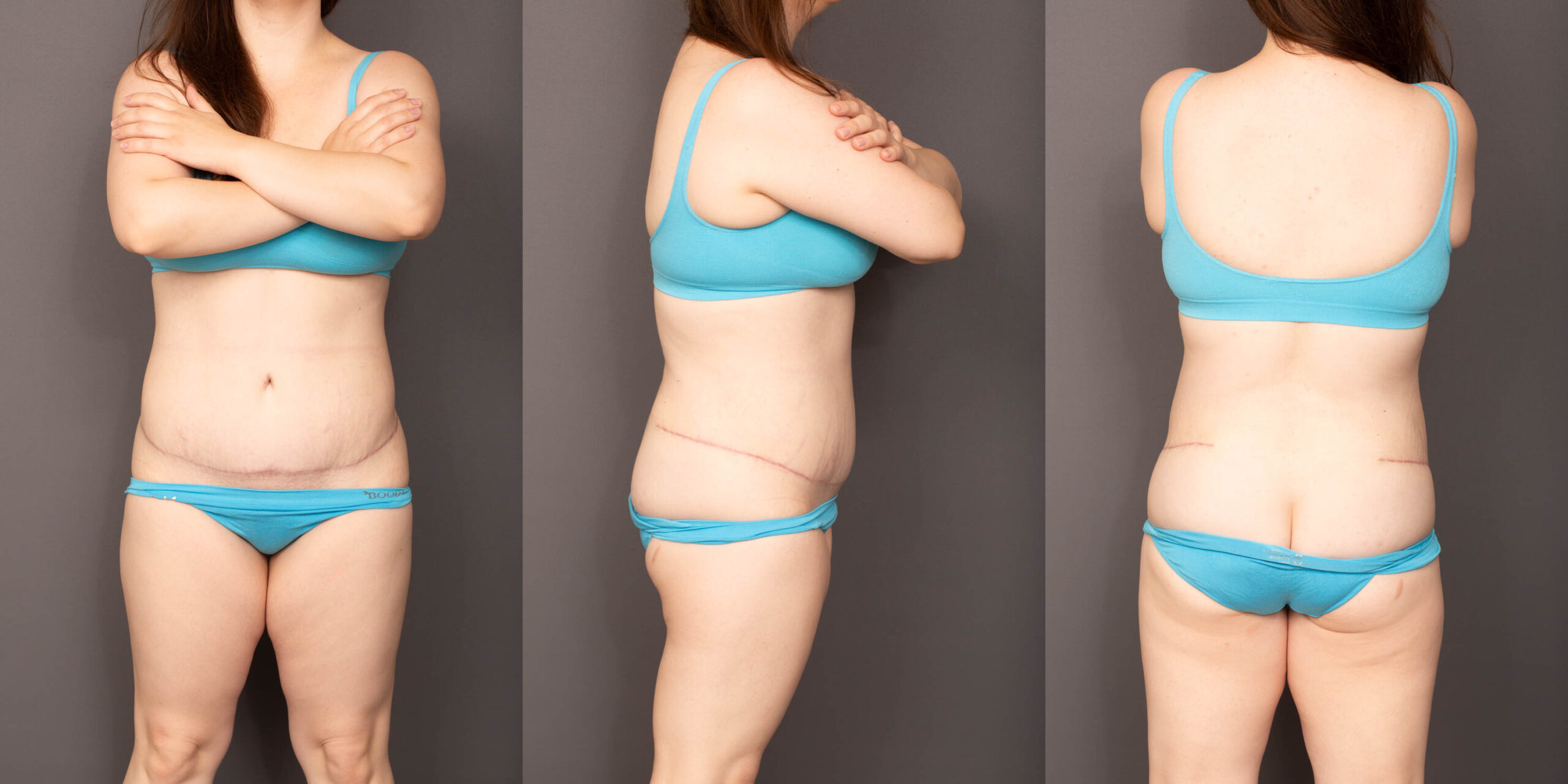
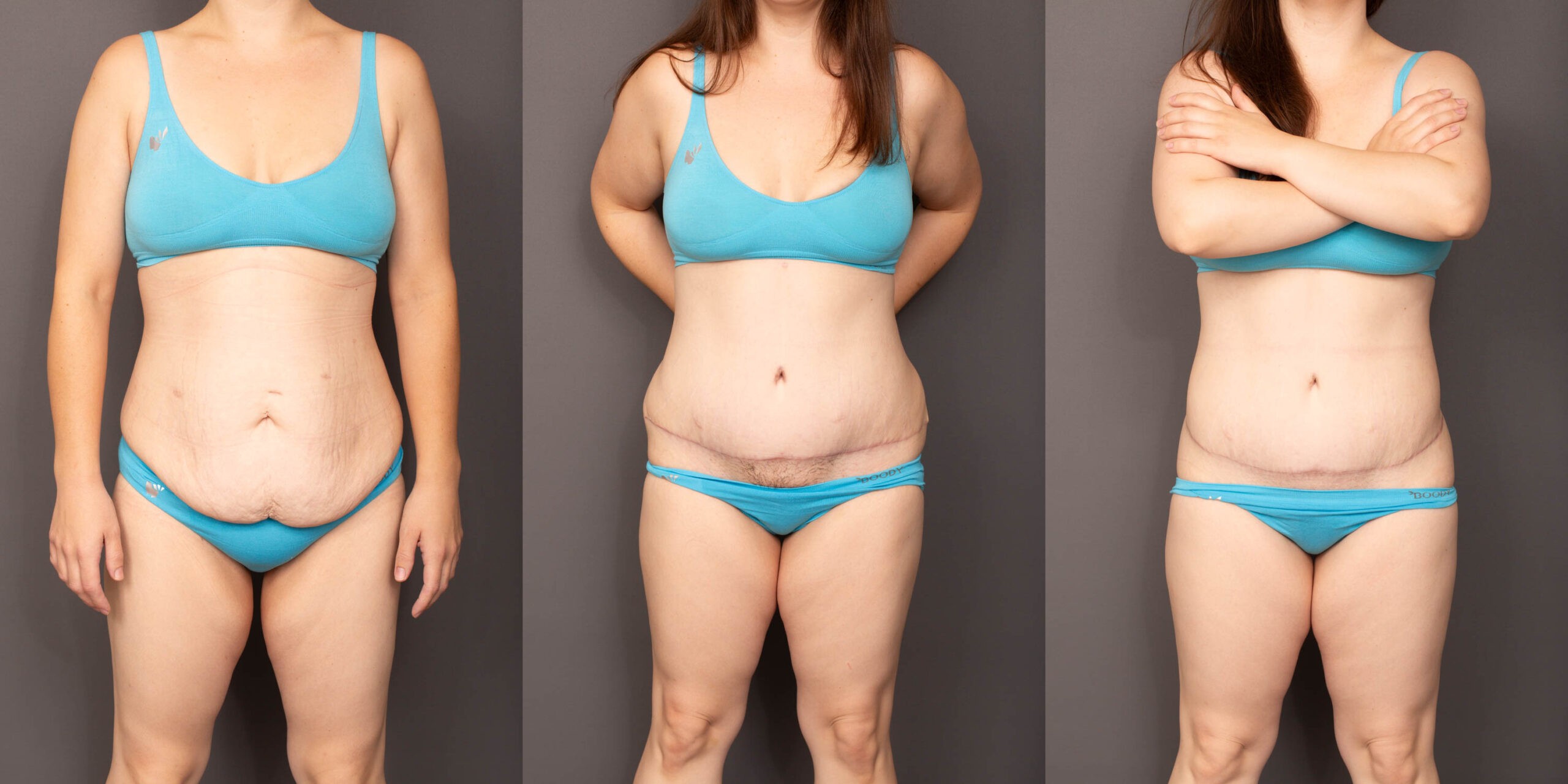
Learn more about the procedure for a tummy tuck in Sydney
If you’re interested in more detail about what the abdominoplasty procedure entails, here’s an animated video created by the American Society of Plastic Surgeons showing the procedure. Dr Gavin Sandercoe would also be happy to discuss the surgical process with you in detail and answer your questions about it during your consultation appointments.
Watch ASPS 3D Animation: Tummy Tuck
Click here to view Dr Gavin Sandercoe’s Abdominoplasty Before & After Gallery
What are the risks of an abdominoplasty (tummy tuck) in Sydney?
You can click on the above link to go to a webpage that discusses the risks of abdominoplasty or tummy tuck surgery. Alternatively, below is Dr Gavin Sandercoe‘s consent document that outlines the risks of an abdominoplasty (tummy tuck) in Sydney. Please read this document, and watch the video of the risks being explained, prior to your appointment with Dr Gavin Sandercoe.
Patient Education Library
